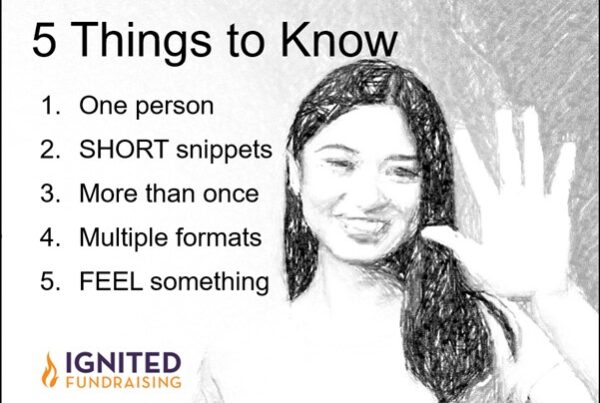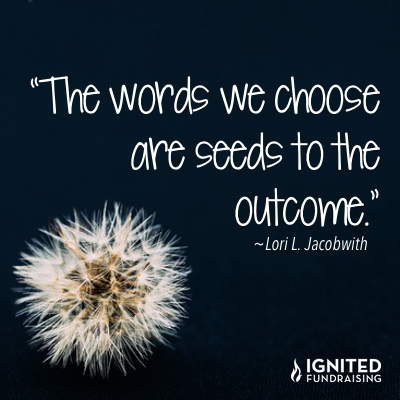One of the easiest ways to cause others to take action is to provide graphical displays of what you want them to know or what you want them to focus on with their own behavior.
I coach organizations to create dashboards for their board meetings and committee meetings rather than providing reams of paper reports that most board members don’t read.
I’ve watched organizations that monitor activity and provide easy to understand visual displays of the activity get more accomplished, raise more money, and they find everyone is clear about what is expected of them. Authentic conversations can unfold at board and committee meetings using the displays. These are peer to peer discussions about what is working and where more attention is needed. These are not staff to board discussions.
Staff may collect the data and prepare the dashboards, but then the responsibility is on the board members and key volunteer leadership to use the data and dashboards to cause deeper engagement and reward behavior that is exactly what the organization has agreed to focus on.
Just as the impact of programs is key to monitor, so it the impact individual board members are making.
What do you include on a dashboard? The list is endless but here are a few of my recommendations and one real-life example:
- # of donor thank you calls made in the past month by board each member
- # of gifts received
- # of donors retained vs. # of donors acquired both monthly and annually, comparing this to previous years
- Dollars in from individuals giving $100 or more
- # of donors who give at $100 or more
- Attendance at special events by board member
- # of individual donor asks
- # of donor cultivation contacts. i.e. Coffees, thank you meetings or calls, personal notes, conversations with supporters at events, etc.







